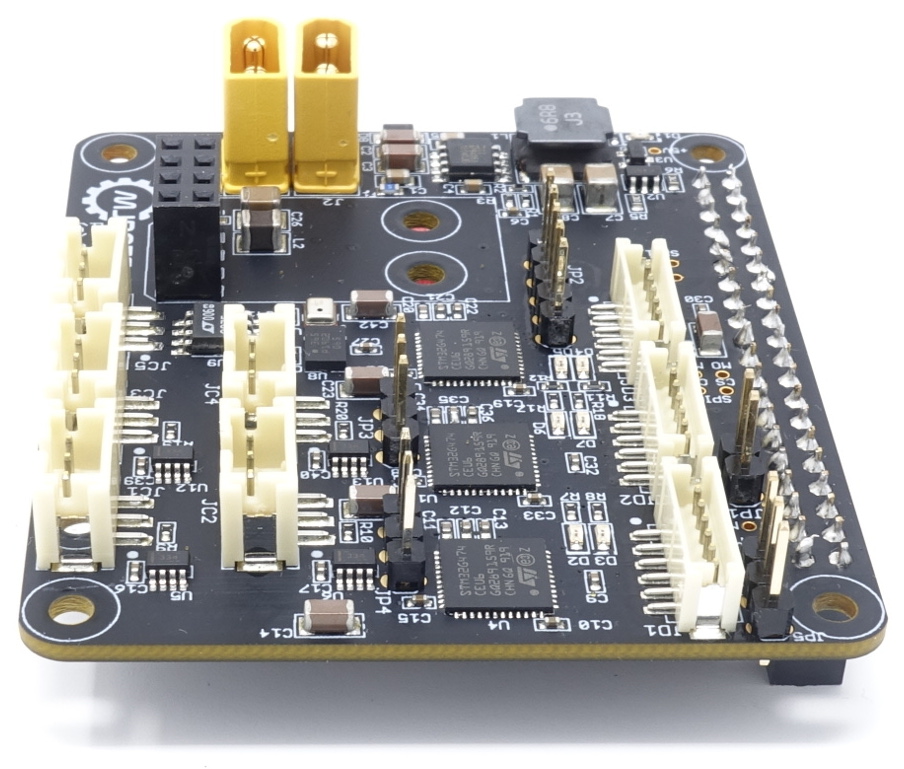Optimizing moteus command rate
Probably one of the most frequently asked questions in the mjbots Discord is “how fast can I send new commands to moteus”, or “how fast can I read the status from moteus”. That may be because you want to perform torque based control in your application and require high bandwidth, or just because you have a high torque to inertia ratio system that reacts on very short time-scales. No matter the reason, the principles that control the maximum rate you can send updates are the same.

